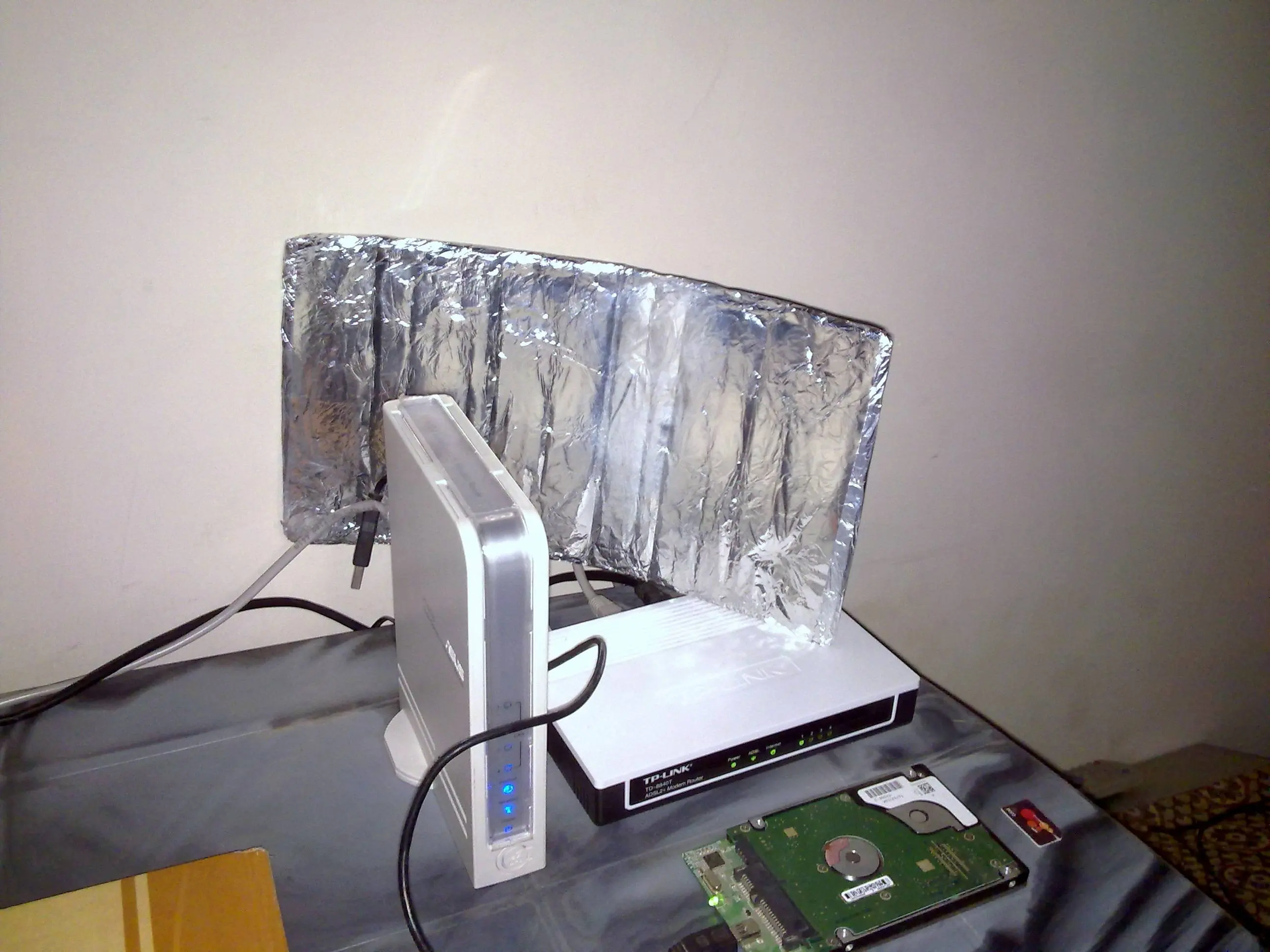
Scientists Stunned By Space Station Bacteria That’s Never Been Seen On Earth
In a discovery that sounds like the plot of a science fiction movie, scientists have identified a strain of bacteria aboard the International Space Station (ISS) that has never been seen on Earth. This unexpected find has left researchers both amazed and intrigued, as it raises new questions about how life can survive—and possibly evolve—in the harsh environment of space.
The bacteria in question were found during routine microbial monitoring of the ISS. NASA and other space agencies regularly test the station’s surfaces, air, and water for microbial life, mainly to protect the health of astronauts. But during one of these investigations, scientists discovered something entirely new: several bacterial strains that did not match any known species in Earth-based databases.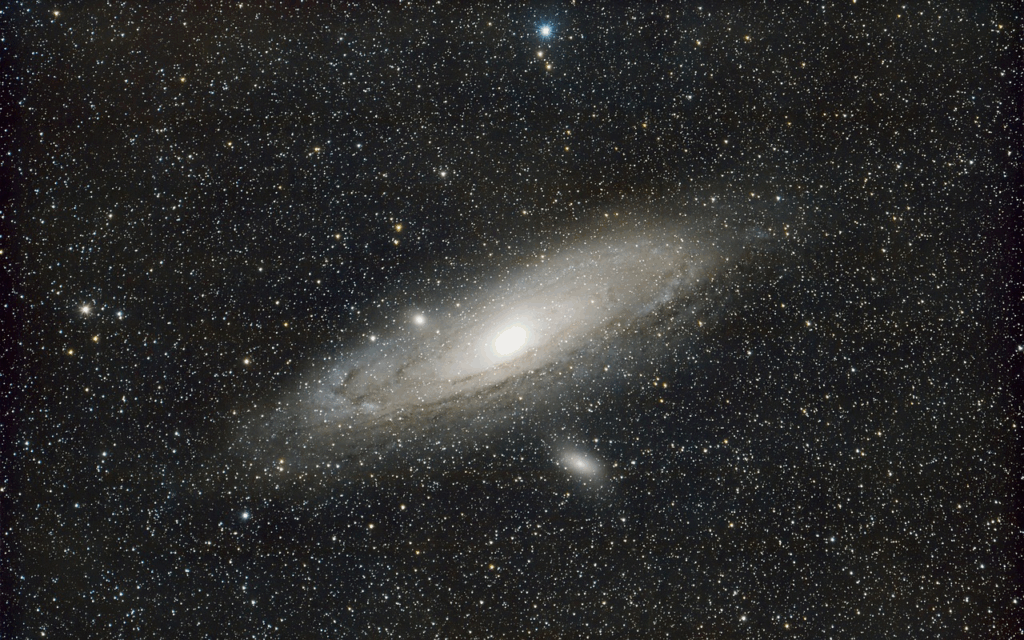
What’s even more astonishing is that these bacteria are not harmful. In fact, early studies suggest they may play a beneficial role in plant growth. This has led some scientists to speculate whether the bacteria might one day be used to support agriculture in space—potentially a game-changer for long-term missions to Mars or other distant planets.
The bacteria were identified using advanced genetic sequencing techniques. The three new strains belong to a family of bacteria commonly found in soil and freshwater on Earth, but their specific genetic markers show they are distinct from anything previously recorded. They have adapted to survive in the microgravity, high-radiation, low-nutrient environment of the ISS, conditions that are extremely challenging for most life forms.
Dr. Kasthuri Venkateswaran, a microbiologist at NASA’s Jet Propulsion Laboratory, said the discovery was “an exciting example of how life can find a way to adapt to even the most extreme environments.” According to him, studying these microorganisms could provide valuable insight into how bacteria evolve under stress, and how they might be used in biotechnology or life-support systems in space exploration.
One of the most intriguing possibilities raised by this discovery is whether space itself contributes to the mutation or evolution of microbial life. While these bacteria likely originated from Earth—possibly brought up with cargo or on astronauts’ bodies—the unique conditions aboard the ISS may have driven them to develop new traits over time. This rapid adaptation is both fascinating and a little unsettling, highlighting how little we truly know about microbial life in extreme environments.
This finding also underscores the importance of planetary protection protocols. If bacteria can evolve in the controlled environment of a space station, how might they behave if accidentally introduced to another planet, like Mars? Could they survive? Thrive? Or even contaminate a pristine extraterrestrial ecosystem? These are questions that researchers are now taking more seriously than ever before.
For now, the bacteria are being carefully studied in laboratories back on Earth, under strict safety conditions. Scientists are working to understand their genetics, behavior, and potential uses. Some experts believe these microbes could help develop more resilient crops for space farming or even inspire new antibiotics or bioengineering tools.
This discovery is a reminder that space is not just an empty void—it’s a dynamic, unpredictable environment where life continues to surprise us. The ISS, beyond being a hub for space research, has also become an accidental laboratory for the study of evolution and microbial resilience.
As we look toward future missions to the Moon, Mars, and beyond, understanding how life adapts to space may prove crucial—not just for our survival out there, but for unlocking the secrets of life itself.
News in the same category

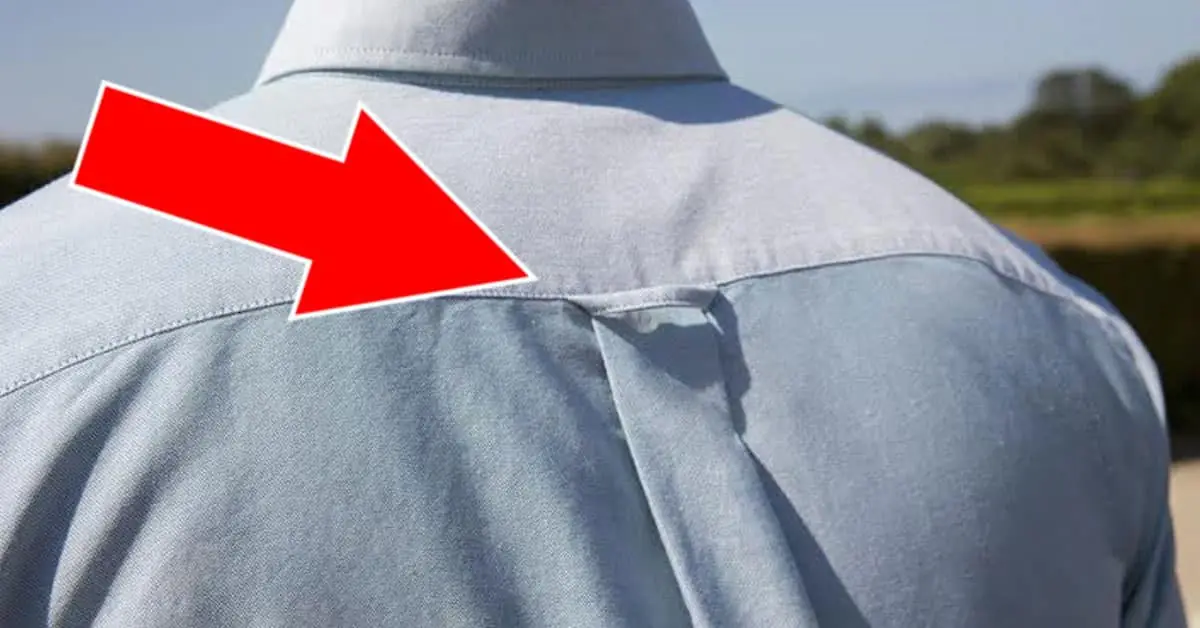
Why Do Button-Down Shirts Have Loops on the Back?

The “Small Round Hole” On The Nail Clipper Has Special And Powerful Uses, And I Had No Idea
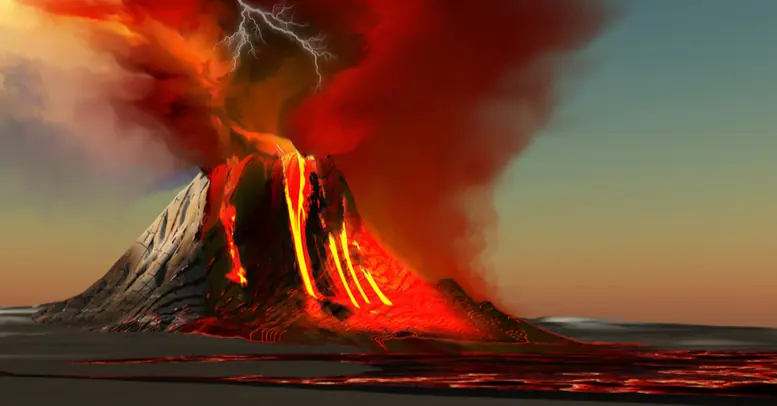
300,000 Americans on Alert as Massive 11,000-Foot Volcano Shows Signs of Imminent Eruption
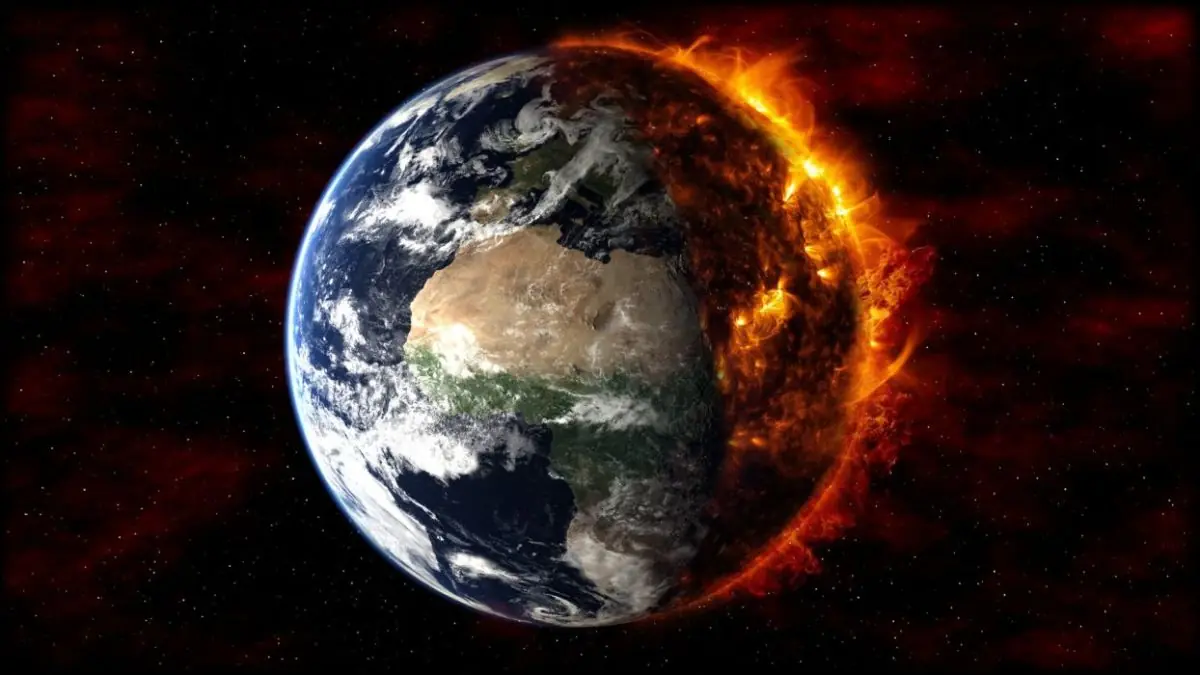
Supercomputer Delivers Chilling Forecast for Humanity’s Future on Earth
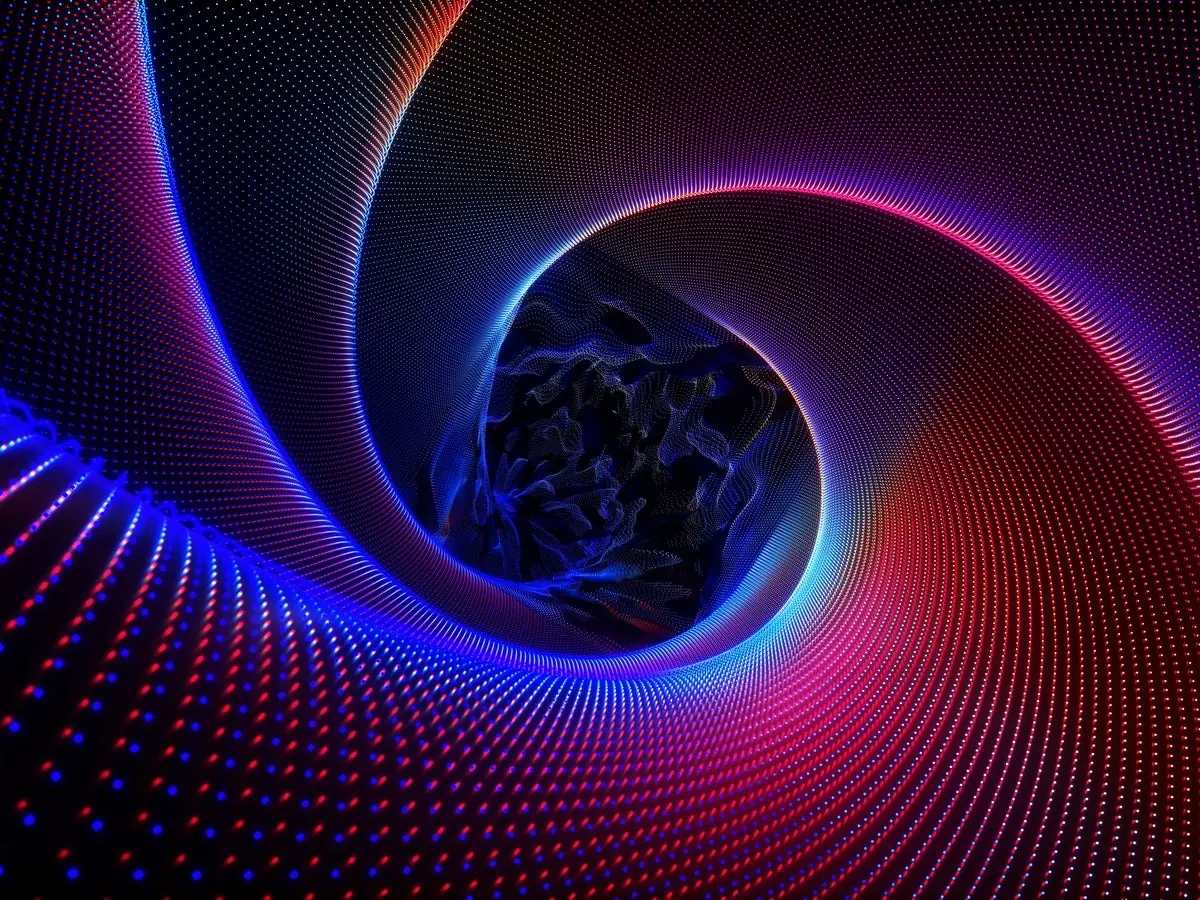
What modern quantum physics now proves, ancient cultures already knew: geometry is not math—it’s memory

Tourists Panic As ‘New Baba Vanga’ Warns Of Disaster Coming In Just 2 Months
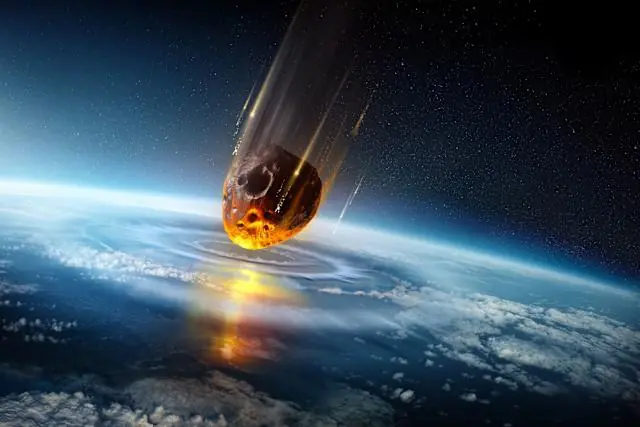
Scientists Reveal Images of Potentially City-Destroying Asteroid and Pinpoint Possible Impact Zones
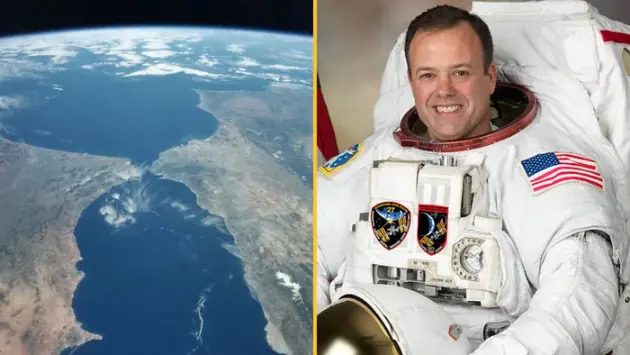
The Overview Effect: What Astronauts Realize After Seeing Earth from Space
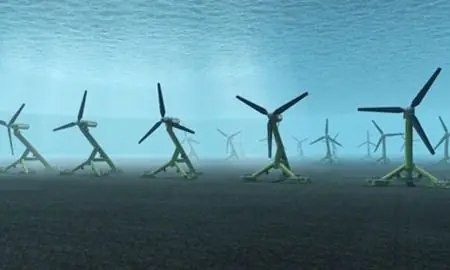
Ocean Currents Could Generate 2.5x More Power Than Wind Farms, Study Finds
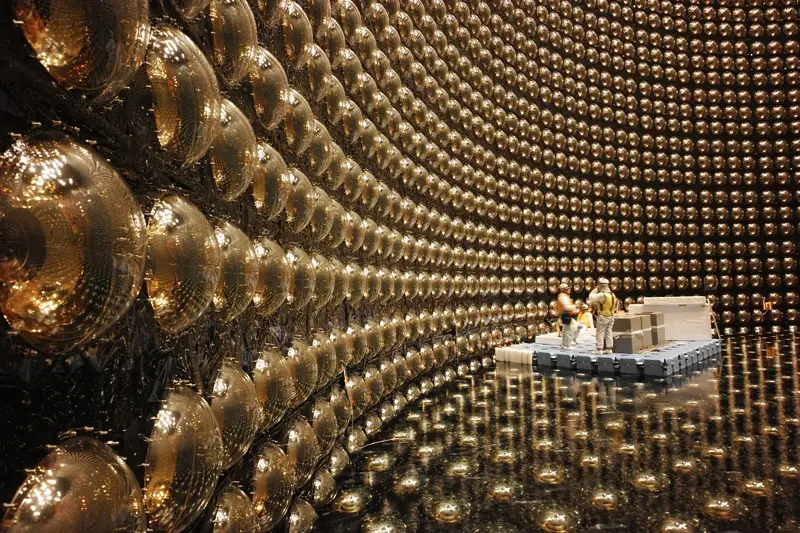
Inside Super-Kamiokande: The Japanese Neutrino Detector Unlocking the Secrets of the Universe
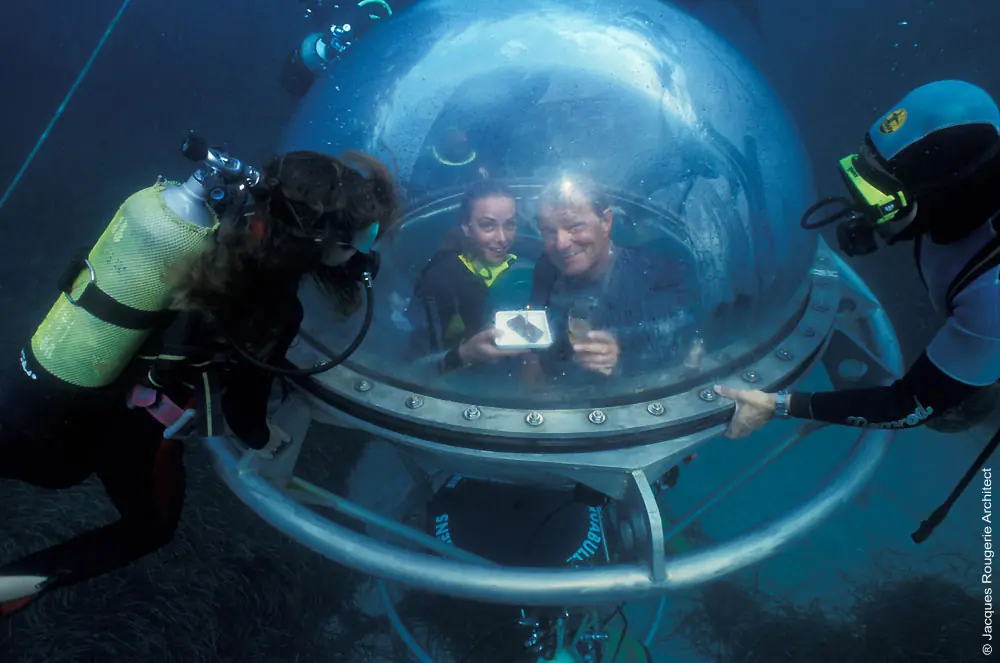
China’s Futuristic Ocean Lab Dubbed ‘Underwater Space Station’ Could Be Ready By 2030
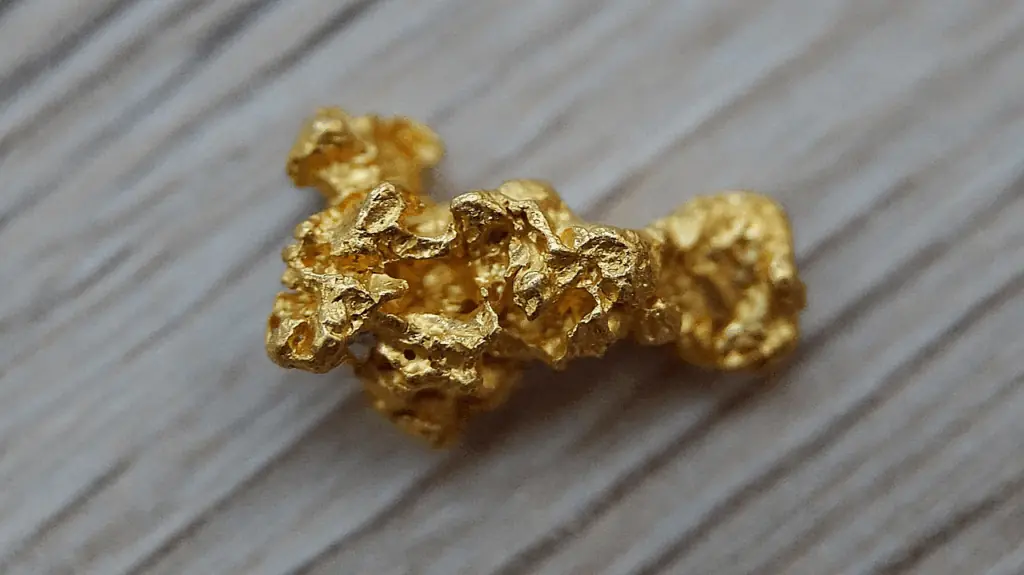
Scientists Shock World By Turning Lead Into Gold — But There’s A Catch

The Real Reason Empire State Building Was Built Using Bricks From A Tiny British Town

James Webb Telescope Uncovers Shocking Update on $10 Quintillion Asteroid Psyche

RFK Jr. Raises Concerns About 5G Health Risks: Brain Function, EMR, and Cancer Link

People Stunned After Learning The True Meaning Behind ‘SOS’ — It’s Not What You Think
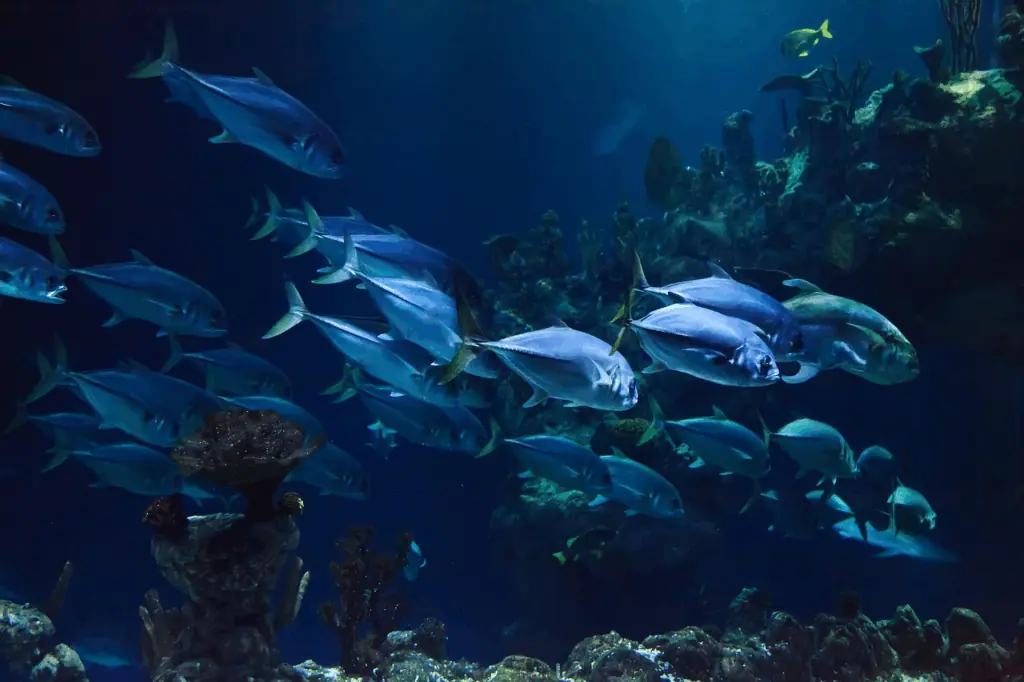
Scientists Reach Bottom Of The Red Sea — What They Found Left Them ‘Shaken’

Taste The Toxin? Shocking Lawsuit Targets Skittles Over Alleged Toxic Ingredient
News Post

Why You Should Try Placing Aluminum Foil Behind Your Router

6 Hard Truths About Losing a Parent

Why Do Button-Down Shirts Have Loops on the Back?
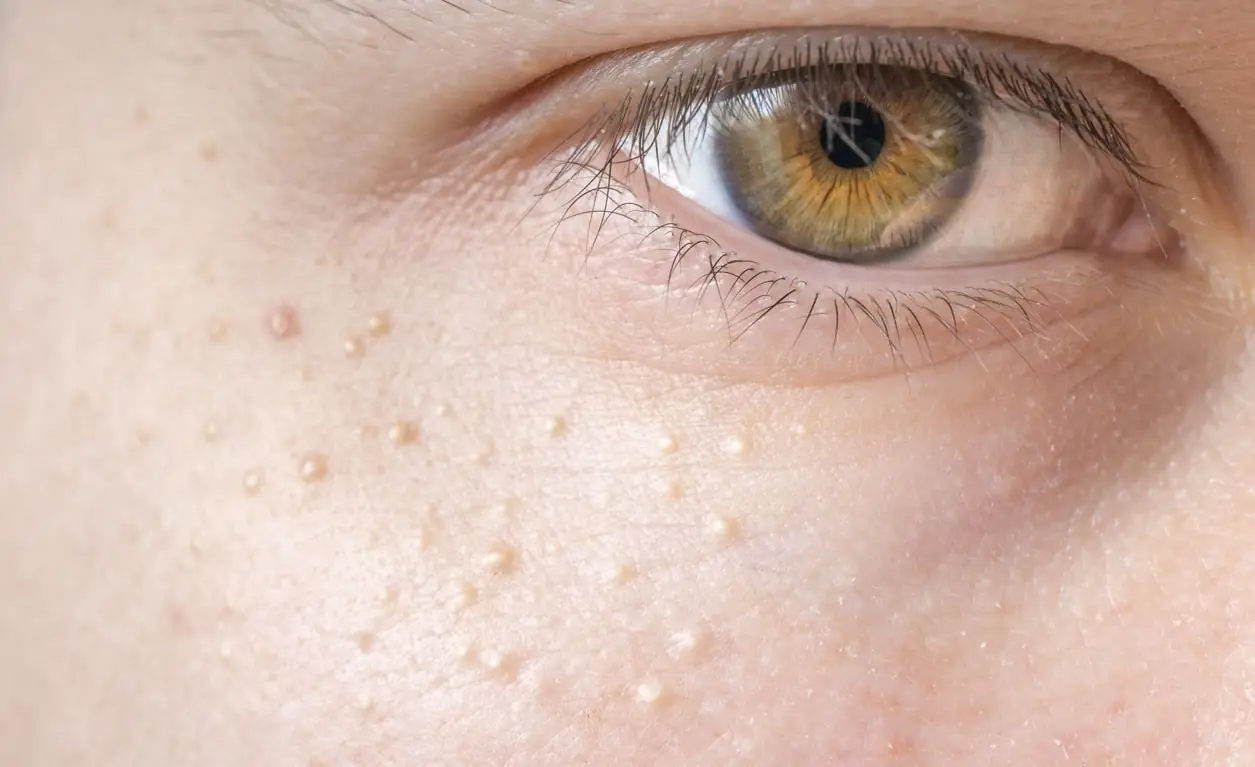
If You Have Tiny White Bumps on Your Face, Don’t Try to Remove Them!

Harvard Doctor Says No to These 4 Inflammatory Foods
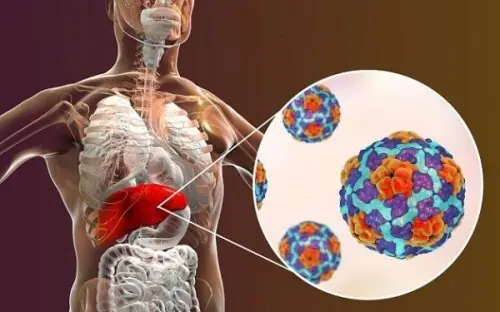
5 Early Warning Signs of Liver Cancer You Should Never Ignore—Even If They Seem Subtle
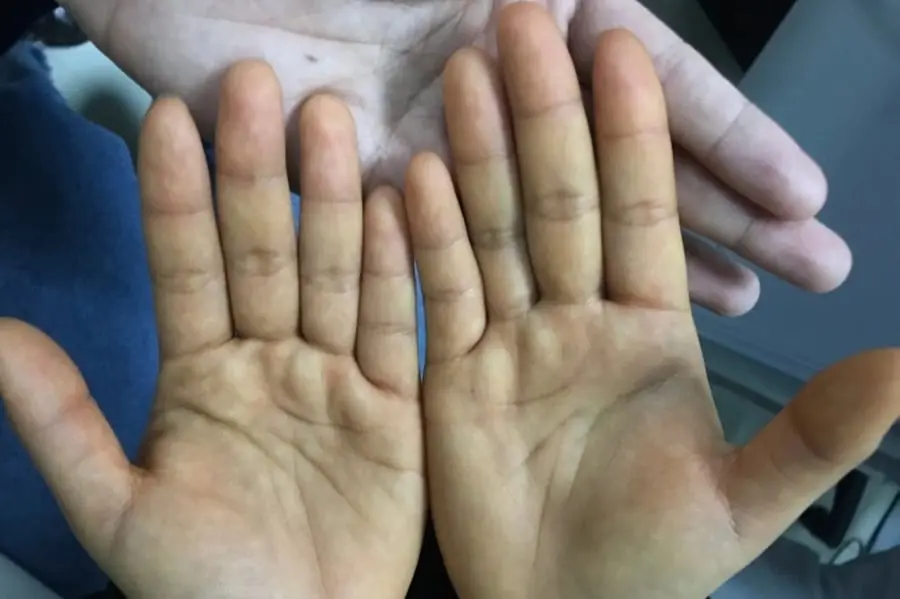
Before Cancer Knocks: 4 Warning Signs in Your Hands and Feet You Should Never Ignore
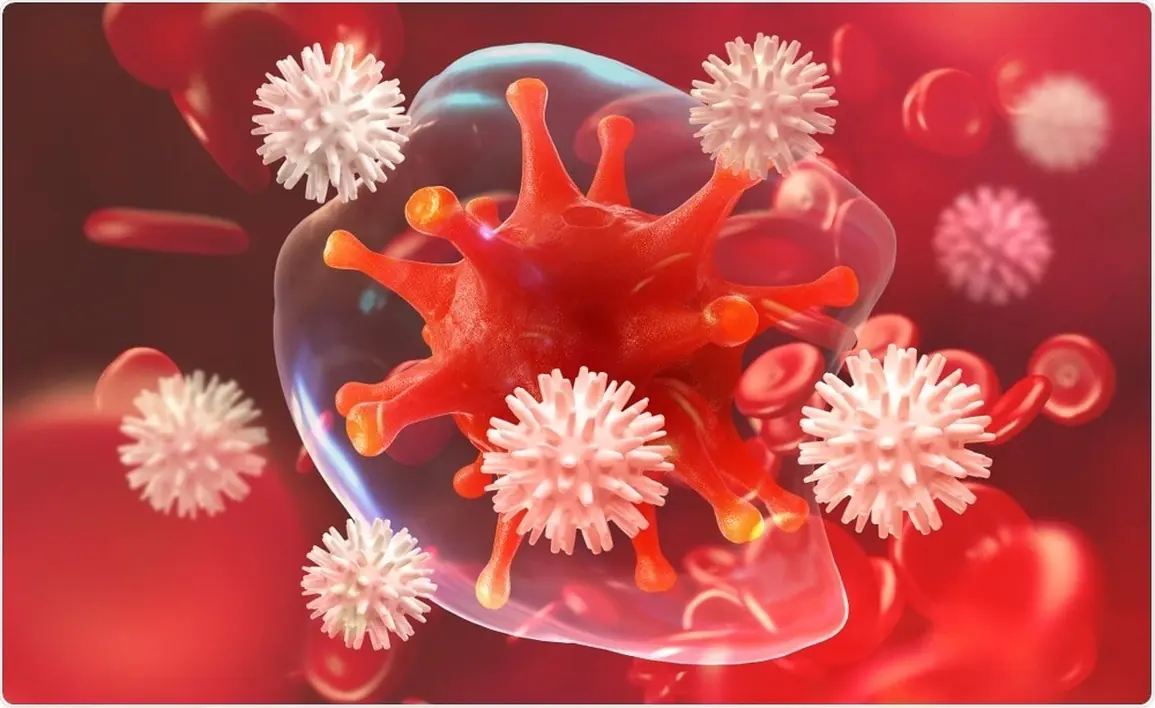
Silent Signs of Kidney Cancer Many People Overlook

The “Small Round Hole” On The Nail Clipper Has Special And Powerful Uses, And I Had No Idea

Papaya Flowers Soaked in Honey: A Potent Natural Remedy
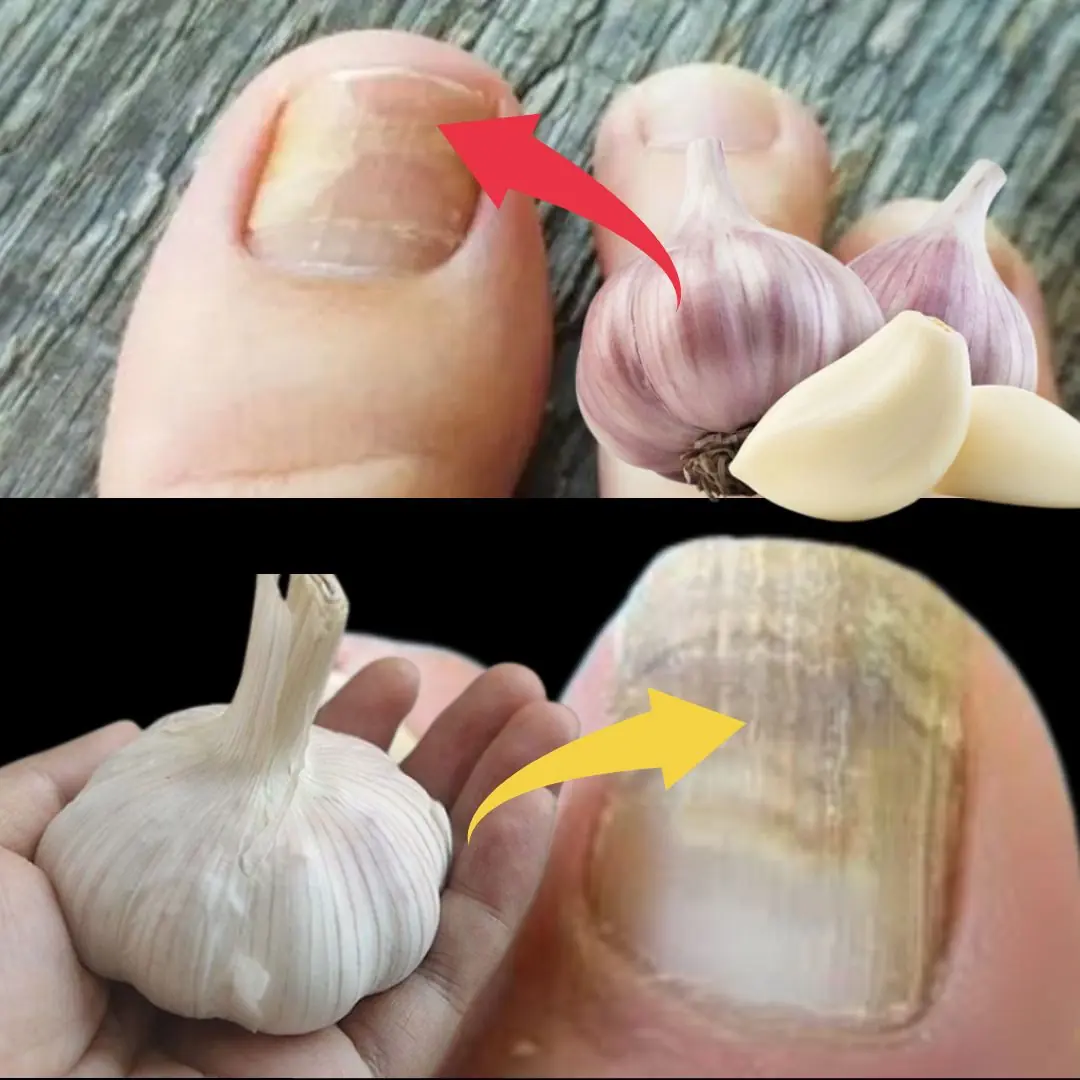
This Natural Nail Fungus Killer Works Fast: Garlic!

Old Doctor’s Remedy: Almond Milk with Cloves Treats 15 Health Problems in Just 1 Week

The Amazing Health Benefits of Onions: Why This Kitchen Staple Deserves a Spot in Your Wellness Routine

My Daughter Told Me Not to Visit Her Family Again — Days Later, She Was at My Door Begging

300,000 Americans on Alert as Massive 11,000-Foot Volcano Shows Signs of Imminent Eruption

A Week After Moving in, He Gave Me a ‘House Uniform’—He Wasn’t Ready for What Came Next

Supercomputer Delivers Chilling Forecast for Humanity’s Future on Earth
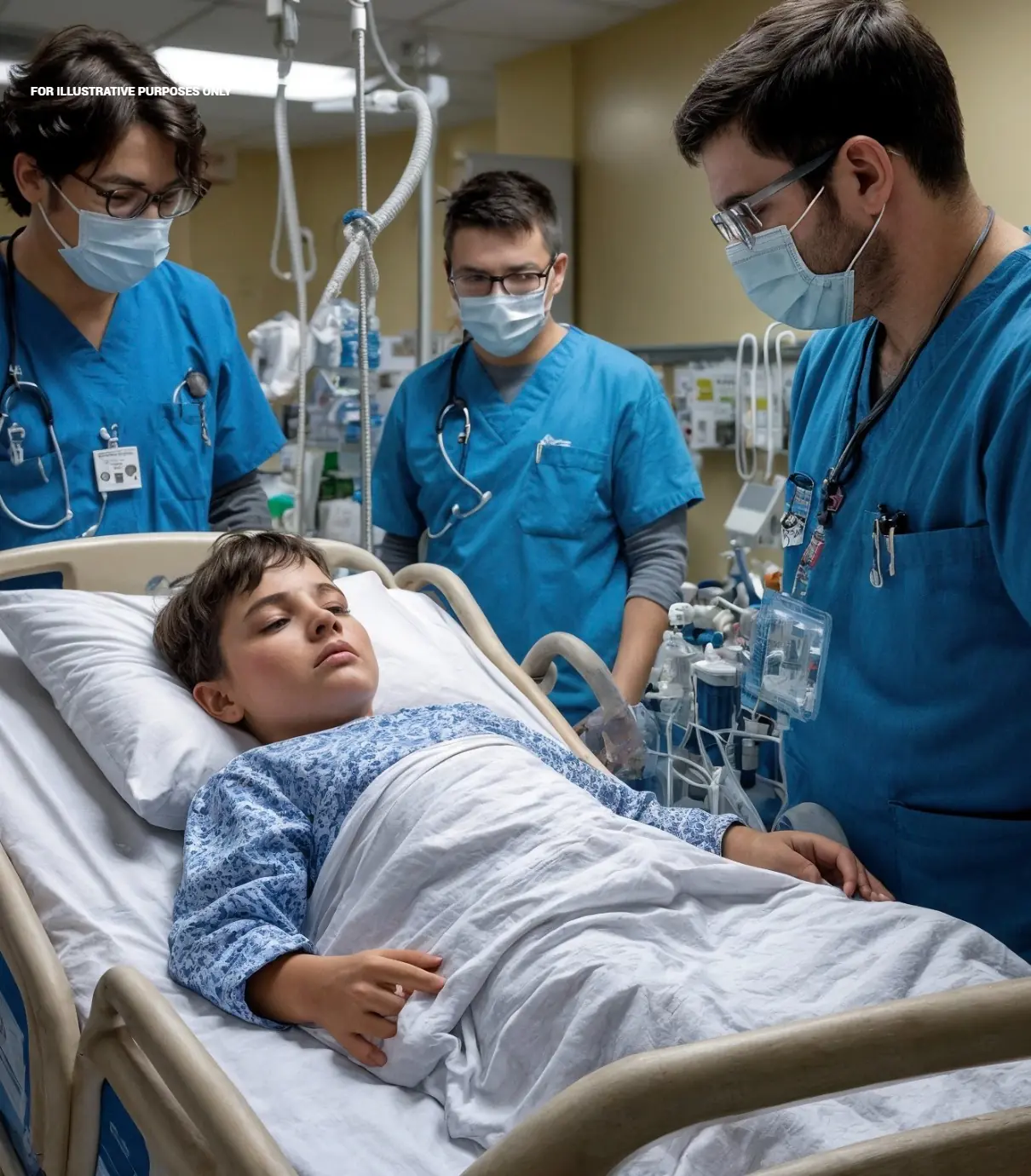
A seven-year-old orphan boy was about to be disconnected from life support machines, but at the very last moment, he whispered a few words.
